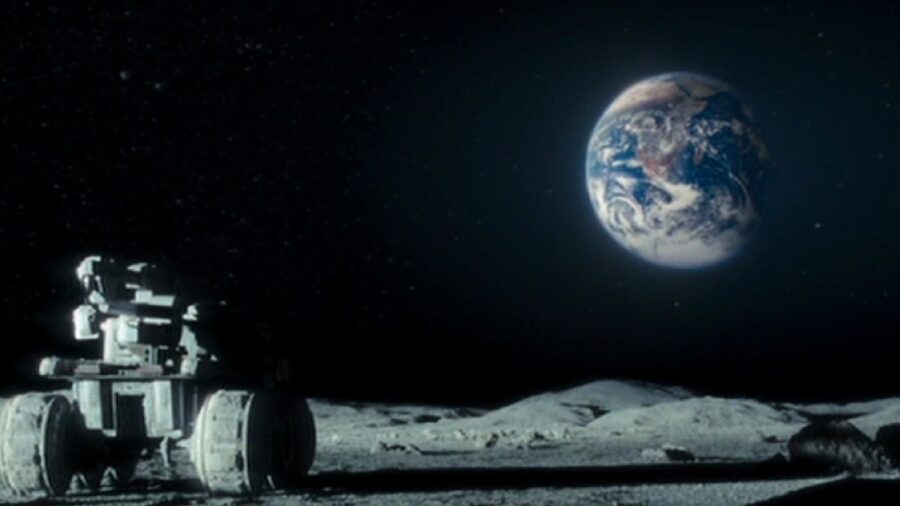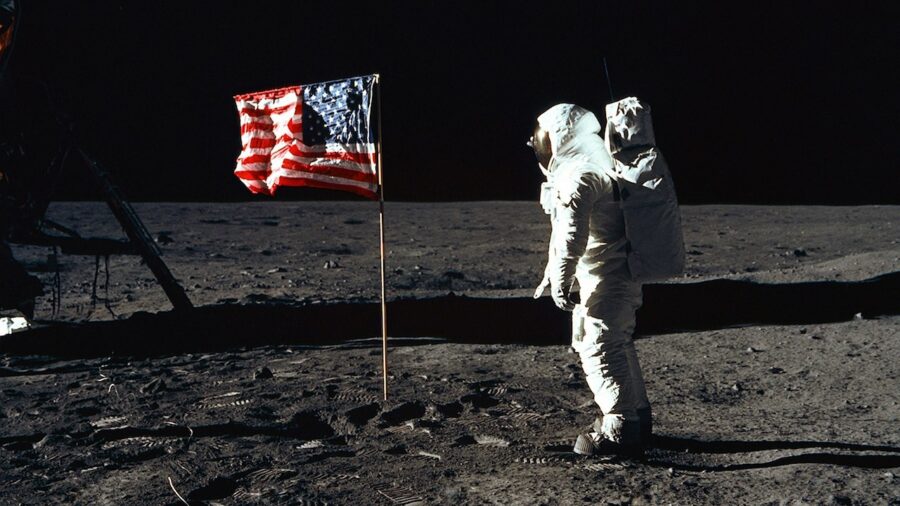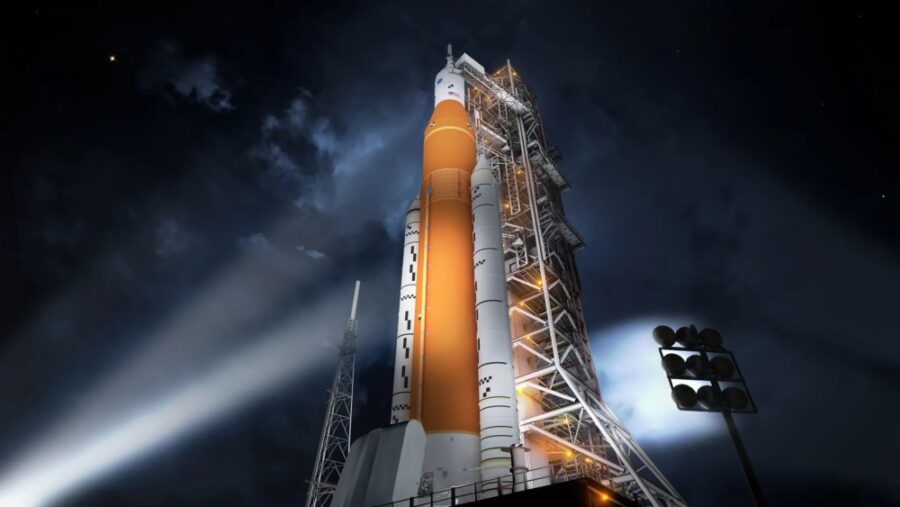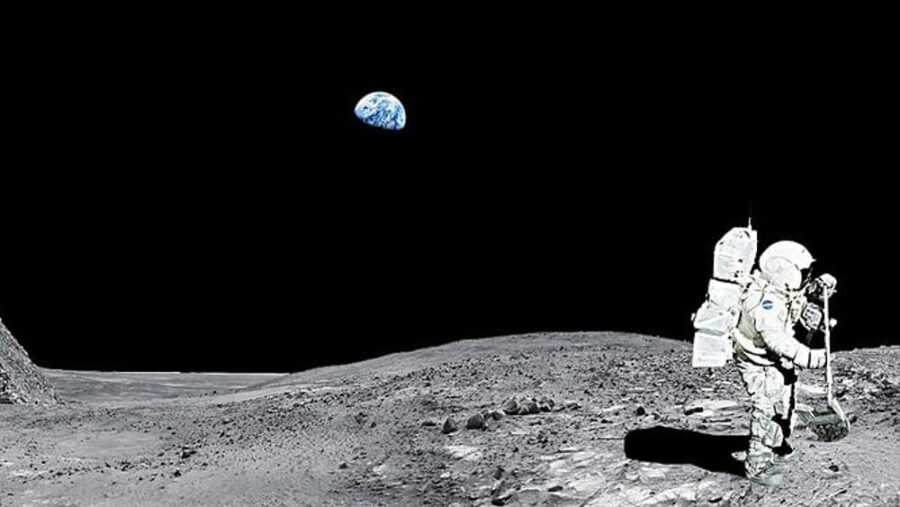NASA Abandons Moon Mission For The Most Depressing Reason

NASA’s Moon rover, known as Volatiles Investigating Polar Exploration Rover (VIPER), sadly won’t see any action since NASA decided to cancel its mission to search for water ice on the surface of the Moon. The reasons for canceling VIPER’s mission to the Moon are budgetary constraints, rising costs of testing, and disruptions in the supply chain caused by COVID lockdowns.
A Delay In Going Back To The Moon

For those who aren’t in the know, VIPER was supposed to be carried by Griffin, a privately built lunar lander from Astrobotic that was supposed to bring the rover down to the Moon’s surface. On the surface, NASA’s Moon rover was supposed to drill the surface of the Moon’s chilly south pole. However, the delays with the Griffin, mounting costs, and budgetary cuts at NASA have incurred exorbitant (pun intended) expenses, prompting NASA to cancel the mission.
The Functional Rover Is Missing The Trip

Griffin will still continue its mission, which is planned for next year, with simulated weight to replace the VIPER, as part of demonstrations of its capabilities—something that NASA paid $323 million for. What makes this even more depressing is the fact that the rover is already built and functional—it cost NASA $450 million to build the rover. Its costs have gone up by more than 30 percent, and despite the fact that NASA’s Moon rover is fully functional, additional testing on whether it could withstand the conditions of space and transport still needs to be conducted.
Parts Of VIPER Will Be Repurposed

Those tests would incur additional costs that would potentially bring the total expenses to a sum higher than $609 million, and that’s assuming that the VIPER performed flawlessly and wouldn’t need additional work. According to NASA, the Moon rover is to be disassembled, but its sacrifice won’t be in vain; its parts, components, and scientific instruments, including several different spectrometers and an ice drill, are going to be repurposed for other missions.
The Impact On Artemis

Had NASA continued with its plan to launch the rover, the total cost could’ve potentially bitten into other planned lunar missions, including Artemis II and Artemis III, which aim to send astronauts back to the Moon for the first time in 50 years—perhaps to explore Moon caves. Not only that, but the surplus of money gained by canceling VIPER’s mission will likely make Artemis missions go more smoothly. At the time being, that particular surplus amounts to at least $84 million in savings.
NASA’s Ongoing Budget Issues

It’s interesting to think about this because we managed to send astronauts to the Moon but have to count the pennies when it comes to sending a rover. Well, NASA’s Apollo 11 mission cost approximately $355 million against NASA’s $35 billion budget, which is approximately $2 billion in costs against $302 billion when adjusted for inflation. In other words, the Apollo 11 mission cost NASA only 1 percent of its overall budget. However, NASA’s budget declined significantly, and sending the most recent NASA Moon rover would now amount to 2.3 percent of NASA’s budget.
If you think that’s not a massive difference, please note that the Apollo 11 mission carried life to another celestial body; NASA would now have to pay more than double to land VIPER, an ice-searching rover.
Source: NASA













